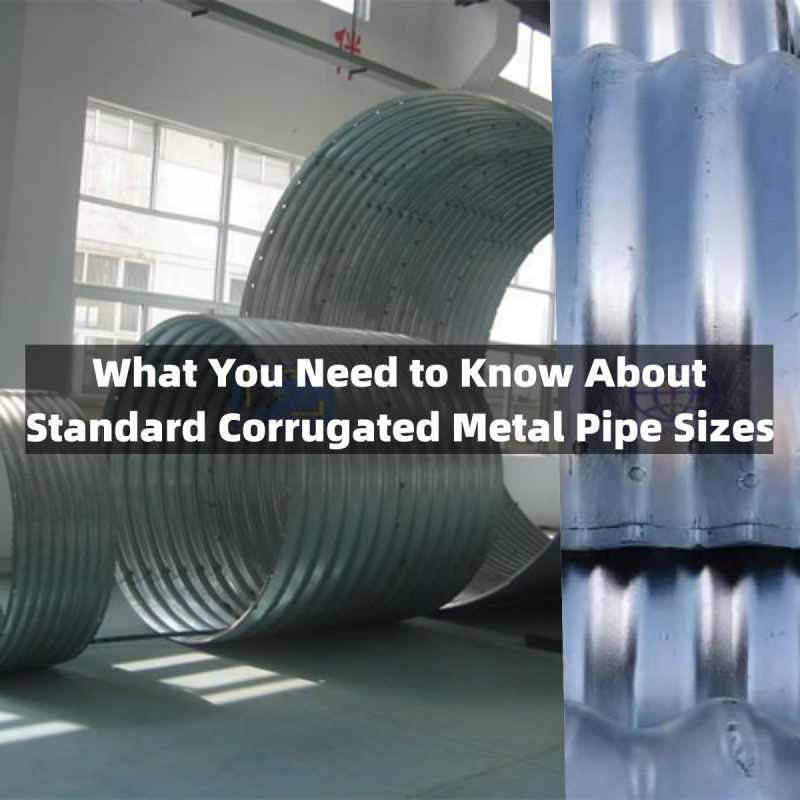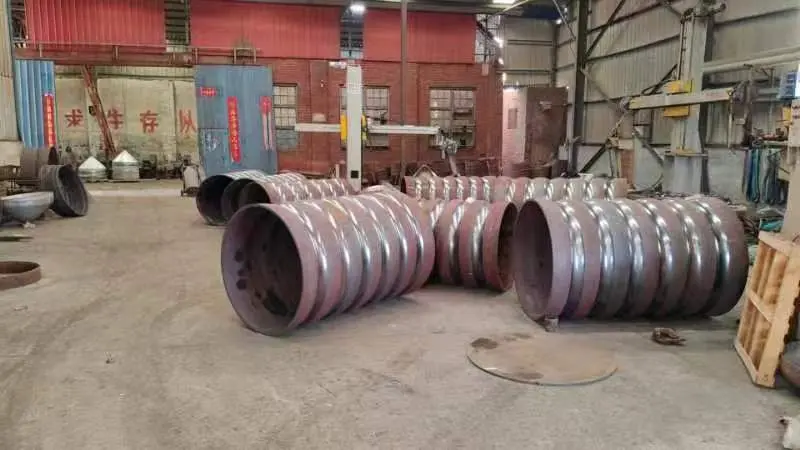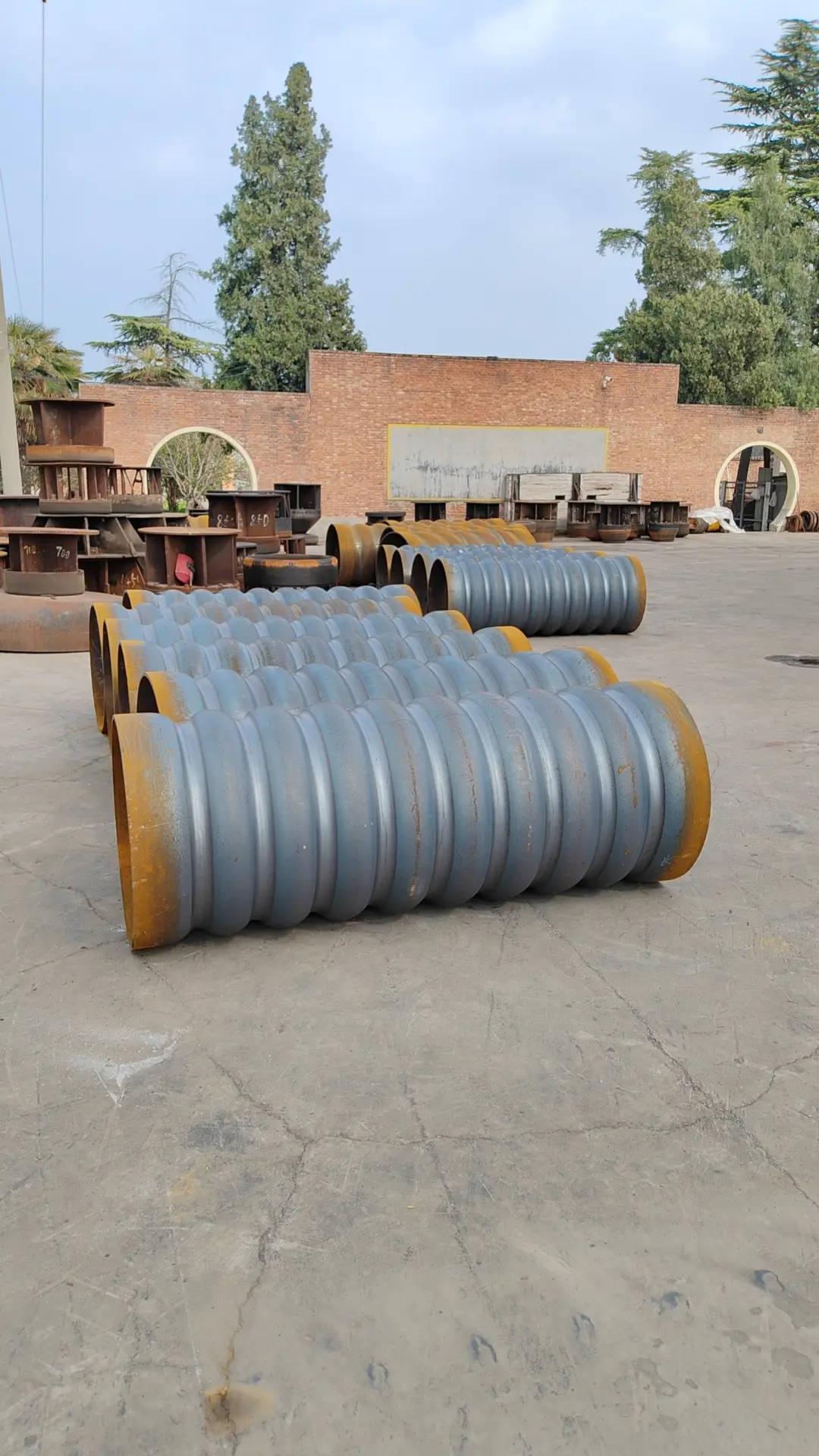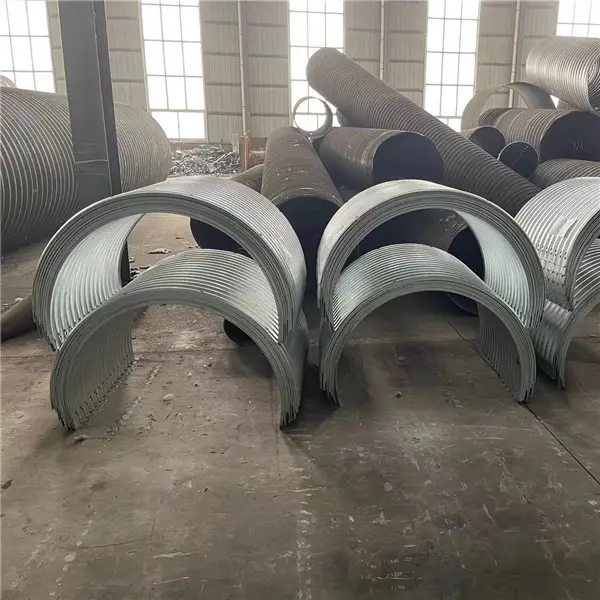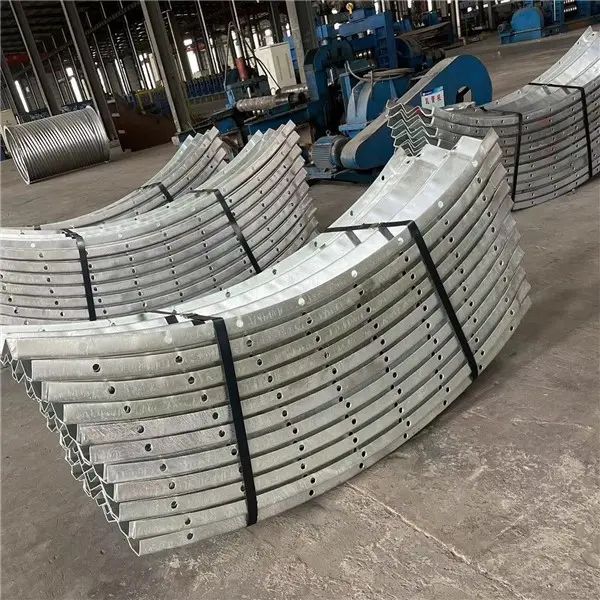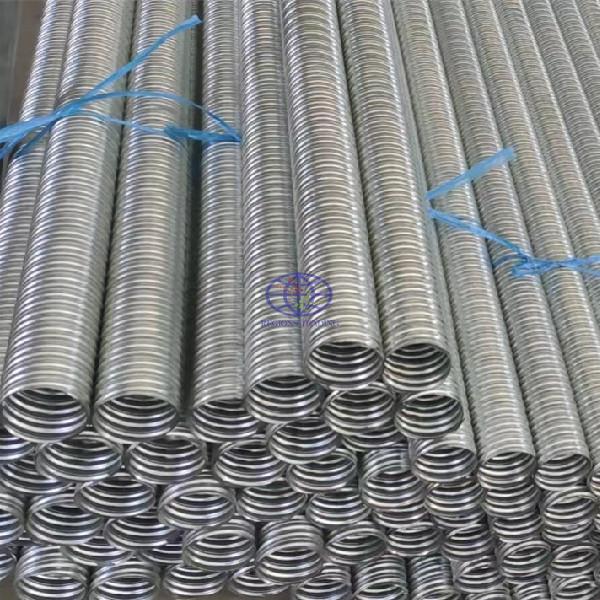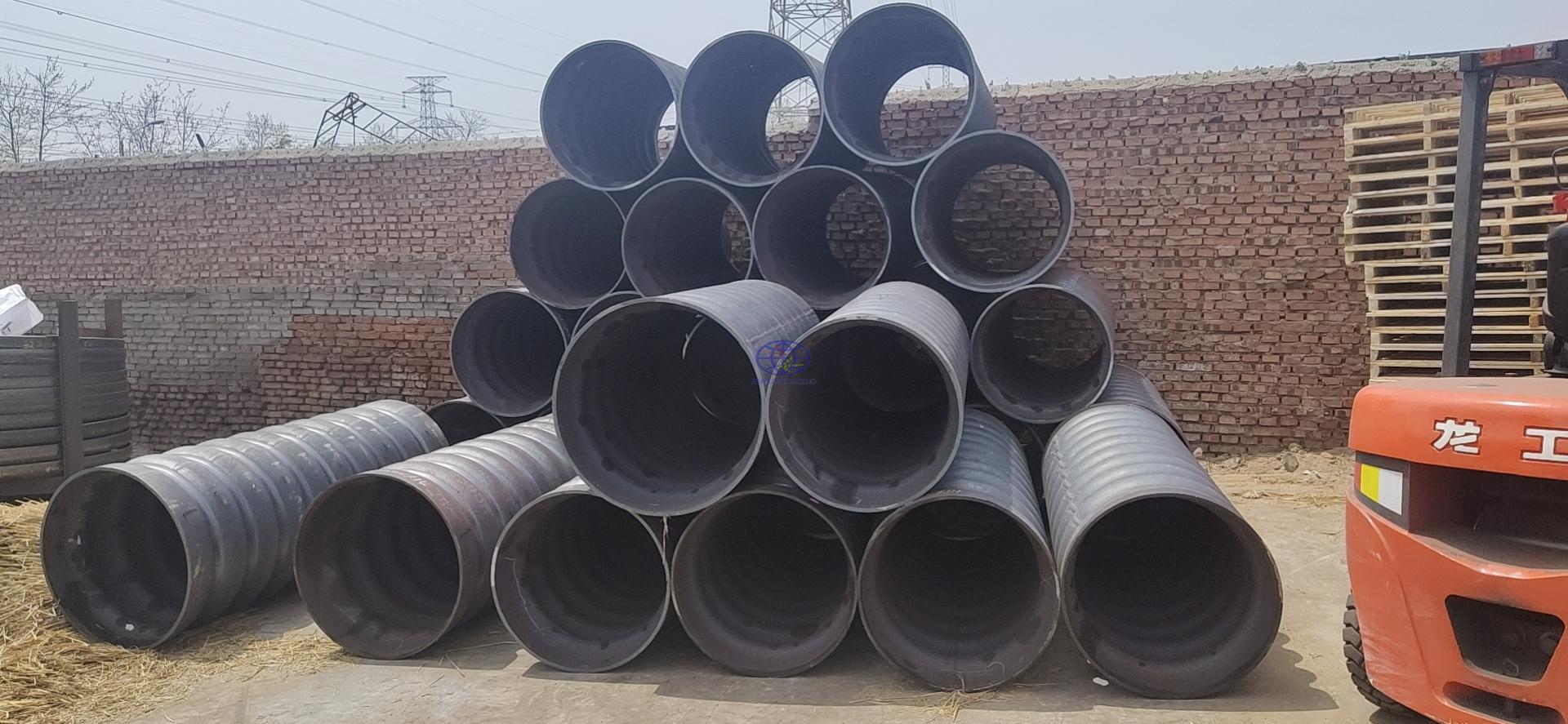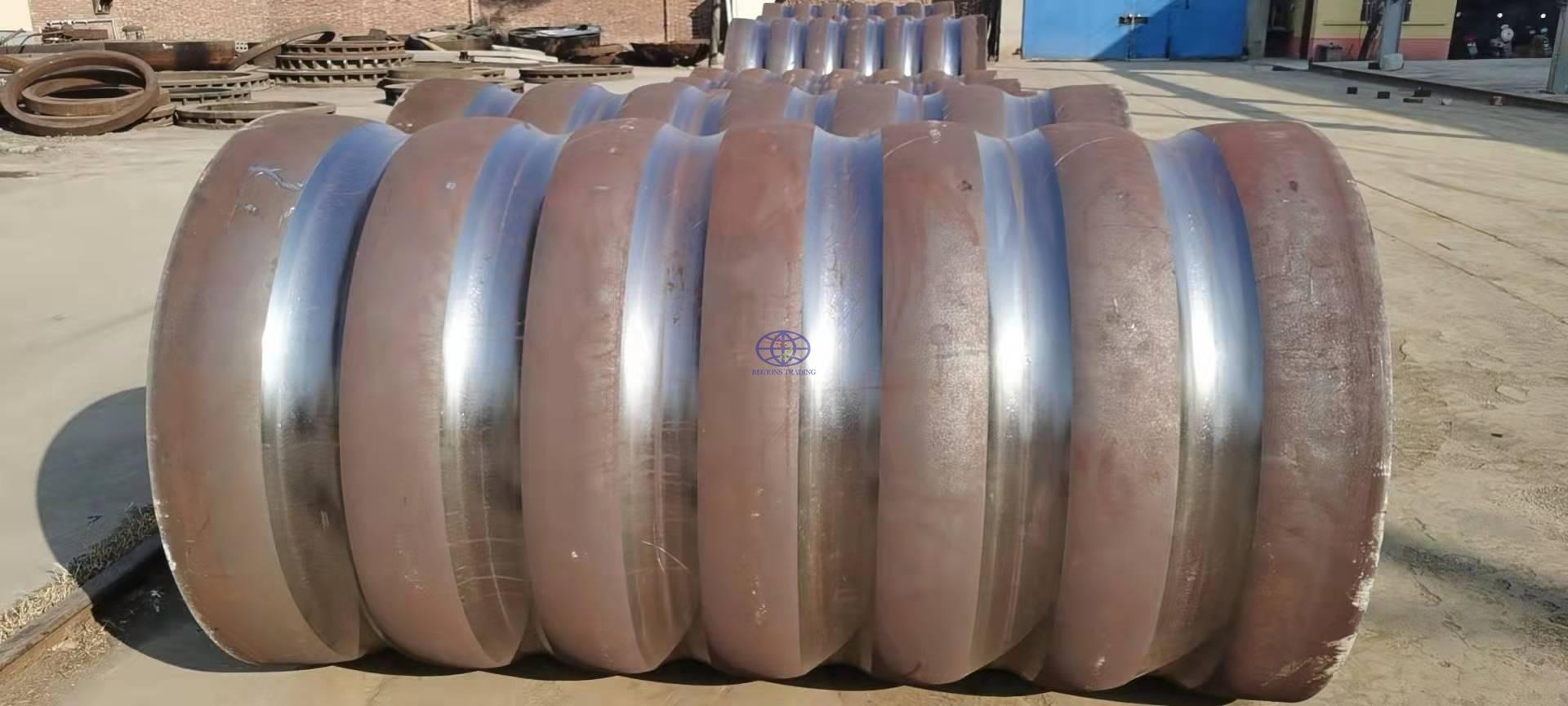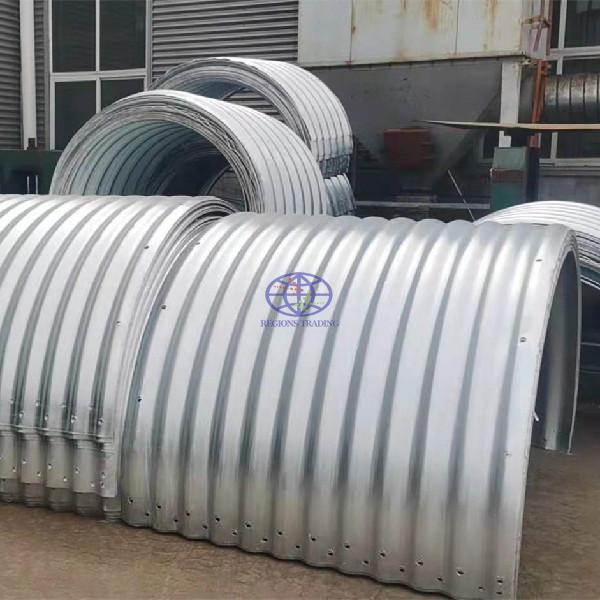When it comes to infrastructure projects involving stormwater management, culverts, or underground passageways, few components are as essential and versatile as the corrugated metal pipe (CMP). Whether you're working on a municipal drainage system in rural Ethiopia or building a storm sewer in urban Malaysia, understanding the various standard sizes of corrugated metal pipes can make or break a project. Let’s dive deep into the standards, sizing intricacies, materials, and the practical applications that influence engineering decisions worldwide.
Why Corrugated Metal Pipes Matter
Corrugated metal pipes (CMPs) are the unsung heroes of civil infrastructure. Thanks to their flexible, modular design, impressive strength-to-weight ratio, and adaptability across diverse terrains, they offer a solution where rigid materials might fail. But here’s the thing: not all CMPs are created equal. Their diameters, wall thicknesses, corrugation patterns, and materials directly influence how well they handle pressure, load, and corrosion resistance.
The standardized sizes help engineers, contractors, and procurement managers select the right product for the right job—balancing cost-efficiency, ease of installation, and long-term durability. That’s why it’s crucial to understand not just the dimensions, but what those dimensions imply.
Common Standard Corrugated Metal Pipe Sizes
Let’s take a look at the common specifications used in the industry, especially in products like those manufactured and supplied by Qingdao Regions Trading Co., Ltd. (Climber Trading), a professional corrugated steel group company with over a decade of experience.
| Corrugation Profile | Size (Pitch x Depth) | Common Thickness Range (mm) | Application Scope |
|---|---|---|---|
| Annular Riveted | 68mm x 13mm | 1.5mm - 3mm | Light storm drains, culverts |
| Annular Riveted | 125mm x 25mm | 2.0mm - 3.5mm | Rural drainage, small bridges |
| Annular Riveted | 150mm x 50mm | 2.5mm - 4.0mm | Heavy-load culverts, mining passages |
| Structural Plate | 150mm x 50mm | 3.0mm - 4.0mm | Modular culvert systems |
| Structural Plate | 200mm x 55mm | 3.0mm - 4.0mm | Tunnel liners, deep drainage |
| Structural Plate | 300mm x 110mm | 3.5mm - 4.0mm | River crossings, railway culverts |
| Structural Plate | 380mm x 140mm | 4.0mm and above | Large-span structures |
| Structural Plate | 400mm x 150mm | 4.0mm and above | Load-bearing passages |
Notice that corrugation size isn’t just for aesthetics or branding—it affects structural integrity. Larger and deeper corrugations typically offer better load distribution over larger spans but may require thicker materials or reinforced joints.
Wall Thickness and Structural Integrity
Selecting the right wall thickness is like choosing the right armor. A 1.5mm wall might suffice for shallow urban drainage, but under a highway or railway, you might be talking 4mm or more. What complicates things further is how soil pressure, water load, and road traffic interact with the pipe over time.
Below is a comparative chart that illustrates load capacity across thicknesses and diameters for a 125mm x 25mm corrugated pipe:
| Diameter (mm) | Wall Thickness (mm) | Load Capacity (kN/m) |
| 600 | 2.0 | 34 |
| 800 | 2.5 | 45 |
| 1000 | 3.0 | 63 |
| 1200 | 3.5 | 79 |
| 1500 | 4.0 | 95 |
You can see the interplay—as the diameter increases, the wall thickness needs to increase proportionally to maintain structural reliability.
Materials and Surface Treatments Matter More Than You Think
Most corrugated metal pipes are made of carbon steel, with common grades being Q235B and Q345B. International equivalents might be S235Jr or S355Jr. These materials are chosen for their tensile strength and weldability. However, metal alone isn’t enough—corrosion protection is essential, especially in wet or saline environments.
At Climber, all steel plates undergo hot-dip galvanization with a zinc coating ranging from 610g/m² up to 1200g/m². For areas with even more aggressive conditions, bitumen coating is applied post-assembly to seal the structure. This dual-layer protection significantly enhances lifespan, especially in tropical or industrial zones.
Practical Applications of Standard CMP Sizes
So, what does all this data mean in the field? A 300mm x 110mm structural plate might be overkill for a residential storm drain but perfect for a small bridge or a mining shaft. The table below provides a brief guide:
| Application | Recommended Pipe Type | Ideal Corrugation |
| Residential Drainage | Annular Riveted, 68x13 | Lightweight, flexible |
| Highway Culvert | Structural Plate, 200x55 | High-load bearing |
| Agricultural Channels | Annular Riveted, 125x25 | Mid-range durability |
| Mining or Heavy Trucks | Structural Plate, 300x110 | Heavy-duty support |
| River Crossings | Structural Plate, 380x140 | Deep-set, large-span |
Standard sizing isn’t just a box-ticking exercise—it’s a gateway to customizing performance under specific environmental and mechanical conditions.
A Glimpse Behind the Scenes at Qingdao Climber
Let’s step off the specs for a moment and talk supply chain. Based in Qingdao, Climber supplies around 1,500 tons of corrugated steel structure products per month to countries such as Kenya, Bolivia, India, Mongolia, and Papua New Guinea. Their modular system allows for rapid on-site assembly using bolts and nuts, with plates arriving pre-treated and palletized for global export. That means less downtime, faster project turnovers, and lower labor costs.
Also noteworthy: Qingdao Climber doesn’t just ship and forget. From the moment an inquiry lands in their inbox, a dedicated team guides clients through design, material selection, shipping coordination, and after-sales support. That’s not just service; it’s a project partnership.
The Future of CMPs: Innovation in a Traditional Space
It’s easy to think of steel culverts as old-school. But guess what? Innovations in structural design, material coatings, and modular assembly techniques are pushing the boundaries. Engineers are now experimenting with composite linings, variable wall profiles, and hybrid backfill systems to boost performance even further.
Qingdao Climber is also exploring tech-integrated pipes with embedded RFID tags for lifecycle tracking—a game-changer for large-scale projects that need long-term monitoring.
Final Thoughts: Know Your Specs, Know Your Supplier
In the world of civil infrastructure, precision matters. Knowing your standard corrugated metal pipe sizes isn’t just about fitting pipes together—it’s about ensuring safety, longevity, and cost-efficiency. Each pitch, depth, and diameter tells a story, and when matched with the right materials and coatings, those stories last decades.
Qingdao Regions (Qingdao Climber) offers not just products, but peace of mind. With over 10 years of experience, a global customer base, and a firm commitment to quality and service, they’re not just moving pipes—they’re building the future, one corrugation at a time. Please leave a message for more size information.
